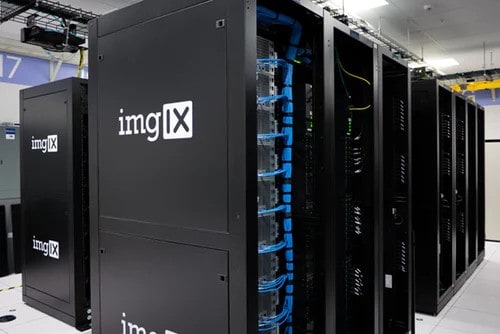MongoDB vs Cassandra: Choose the right Database for your enterprise
Technological advancements have made the businesses go completely digital, which has also led to complete dependence on databases over the previously used hard copy record files. Since the entire data flow in the operations emerges from the database, having a high performing database makes a crucial need for any enterprise.
Choosing the right database makes it important for an enterprise especially to maintain seamless operations without any slowdowns. A diligent Database Administrator (DBA) would always guide you to choose the right database which could help you deliver optimum performance.
With the advancements in technology, databases too, have advanced over time, with a fleet of options available for the end user to choose as per their data and operational requirements. Database comes in different types such as SQL and NoSQL, this makes choosing the right type of database is an important decision.
Such are MongoDB and Cassandra NoSQL databases, which are used as databases to store the enterprise data. Although both of them are NoSQL databases yet they are different from one another and to choose the most suitable one, we have to explore their respective use cases.
Before we explore MongoDB vs Cassandra, to decide which one is more suitable for your enterprise let us first understand the basics of MongoDB and Cassandra individually.
MongoDB
MongoDB is a NoSQL database which is a Document Store Database. These are non-relational databases with the data stored in the form of JSON, BSON or XML document files. This data could be any desired data which is in the form of key-value pairs and metadata.
Document Store Database such as MongoDB is usually considered when the enterprise data which is to be stored is semi-structured in nature. Since the data is stored in the form of documents then the querying can only be performed within a given document rather than performing it across the entire database as it happens in the other structured databases.
MongoDB is also popular among the users for sharding apart from its scalability and caching real-time analytics. MongoDB sharding is a process wherein the data could be stored at multiple distributed platforms wherein different sections of the data is stored to offer high scalability.
MongoDB sharding is done using an index, where different indexes are assigned to different servers sometimes even as the range of values where these servers process the data accordingly.
This sharding is performed using routers which contact config servers to determine where the data should be read or written on the shard servers.

MongoDB Use Cases
MongoDB could be a great choice if your enterprise needs high scalability and caching of real-time analytics. Though, it might not be ideal for transactional data such as accounting systems.
MongoDB supports rich object data models, these objects can have properties and can be nested to form multiple levels of hierarchy. Also, MongoDB enables you to index these properties, even if they are nested, providing you with a lot of flexibility.
This proves very useful when your data is unstructured or semi-structured. Also, MongoDB is a good option if you are looking for a single write i.e. on the primary as it is a single master model.
Cassandra
Cassandra is also a NoSQL database which is a Wide column store database. This column store database is non-relational in nature stores key-value type data. For Cassandra, the keyspaces are large column families which are used instead of schemas.
Cassandra provides the flexibility where different rows can have different number and types of columns. These databases are ideal for row-based data where the number of columns varies extensively.
Cassandra also offers scalability, as it is possible to deploy it across multiple servers, with an easy to use built-in replication.
Moreover, it allows querying in CQL which is quite similar to SQL which is used in relational databases.

Cassandra Use Cases
Cassandra could be a great choice when it comes to structured or semi-structured data where scalability is highly required. As it has no node failures or downtime, Cassandra is largely recommended if you want 100% availability, as it supports multiple master model. Thus, during the downtime of one master another could take over, resulting in full-time availability.
This is also the reason why Cassandra supports to take multiple writes, and hence with more number of servers you can scale writes.
If you are looking for a complete database querying, then Cassandra could make a good choice as it supports querying with CQL which is quite similar to SQL, thus providing proper language support.

The final verdict MongoDB vs Cassandra
MongoDB and Cassandra although both are NoSQL, still they are different from one another as Cassandra suits more for semi-structured data, while MongoDB offers lot more flexibility to the unstructured data with its object-oriented approach.
Both the databases have their own areas where their usability is better over another. Having said that, optimum utilization of the database is only possible when the right choice is made.
To choose the right database a diligent database professional analyses all the aspects of the database requirement and the kind of the data which has to be stored.
Given that MongoDB suits enterprises where unstructured data has to be stored at scale and Cassandra where semi-structured data needs to be stored at scale with full-time availability.
Still feeling confused which database to choose for your enterprise? Feel free to contact me and get an sin-depth insightful consultation based on the analysis of your enterprise and data, to choose the right enterprise database for your business.
Eric Vanier
Database PerformanceTechnical Blog Writer - I love Data



